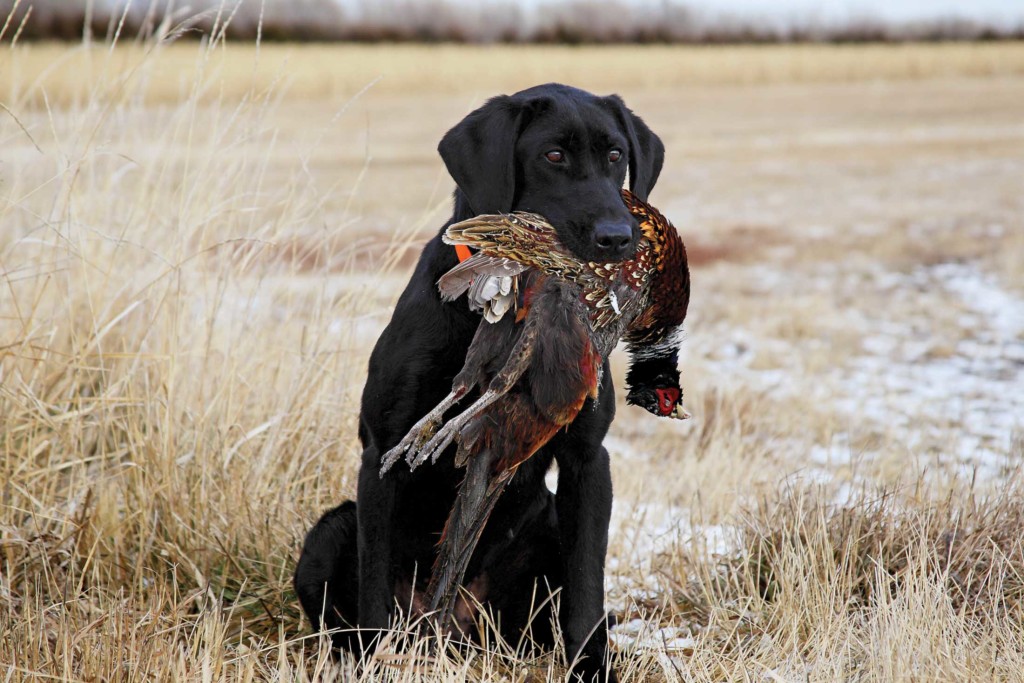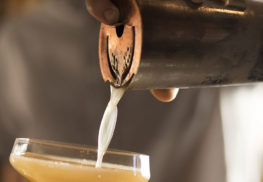Autumn Roosters

It all began in 1881, when ring-necked pheasants were introduced in North America. Over the next two decades they were liberated in 40 U.S. states. Mention pheasants to a bird hunter today, and the first place that comes to mind is usually South Dakota. And no wonder—the Mount Rushmore State is a place where pheasants are legendary and ringnecks have earned celebrity status.
South Dakota’s first pheasant season came in 1919, and by the 1940s the ringneck population had swelled to 16 million birds (40 million by some estimates). In 1943, South Dakota declared the pheasant its state bird. After the success of initial releases and the saturation of the state’s traditional pheasant range, populations have been particularly high in four eras: the early 1930s following the Great Depression and Dust Bowl, when much farmland was idle; the 1940s during and after World War II, when habitat was unintentionally created on idled cropland; in the early 1960s at the peak of the Soil Bank Program; and currently as a result of the Conservation Reserve Program (CRP). Today, ringneck populations are strong, and South Dakota remains the Number One state when it comes to pheasant hunting.
There is no shortage of pheasant-hunting lodges in South Dakota. Yet one lodge seems to rise to the top—first as an Orvis-Endorsed Lodge; then in 2009, Orvis Wingshooting Lodge of the Year. Since opening in 1992, this lodge—Paul Nelson Farm—has established a reputation based on impeccableservice, quality accommodations, gourmet food, and outstanding pheasant hunting. With repeat business approaching 98 percent, they must be doing something not only right but also spectacular!
SHARE ON
You may also like
The entire category of liqueurs is one to pay atte...
A cutting board is certainly utilitarian in that i...
Chef Dean Fearing, owner and chef of Fearing’s s...



























